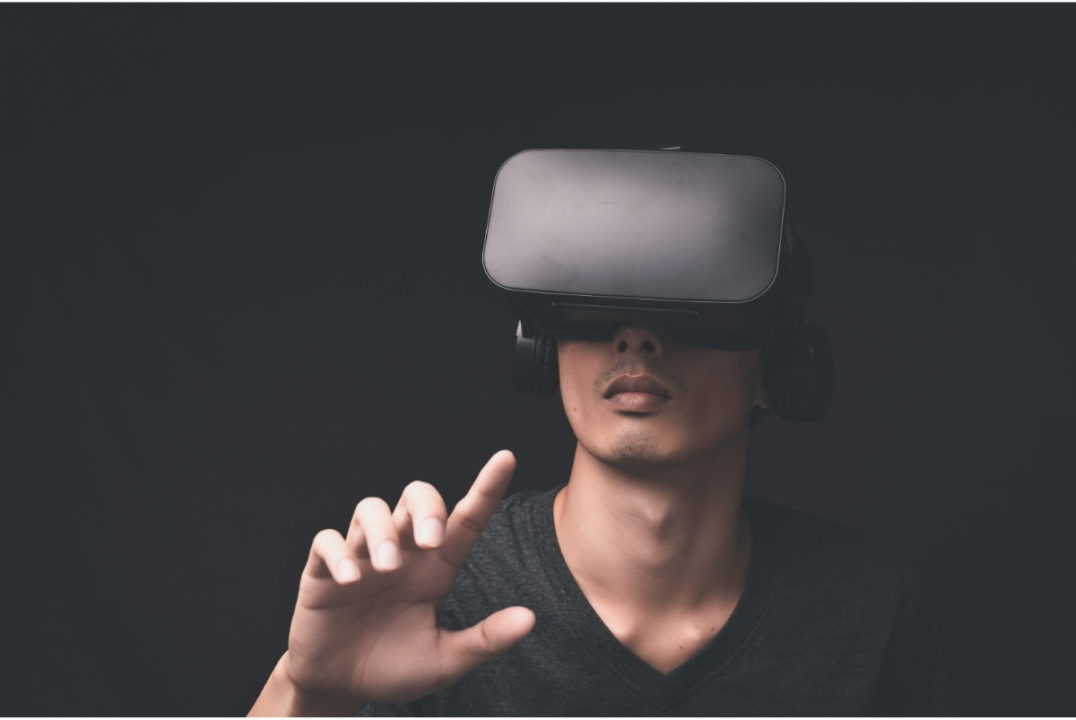There is no escaping the metaverse these days. Whether you’ve come across Mark Zuckerberg’s eerie virtual replica during his rebrand of Facebook as Meta, a digital art gallery in Decentraland, or immersive virtual concerts, you’ve had some form of interaction with the metaverse. Everyone is talking about this latest buzzword, but like all buzzwords, its meaning can be fuzzy and contested. So, what exactly is the metaverse?
What is the metaverse?
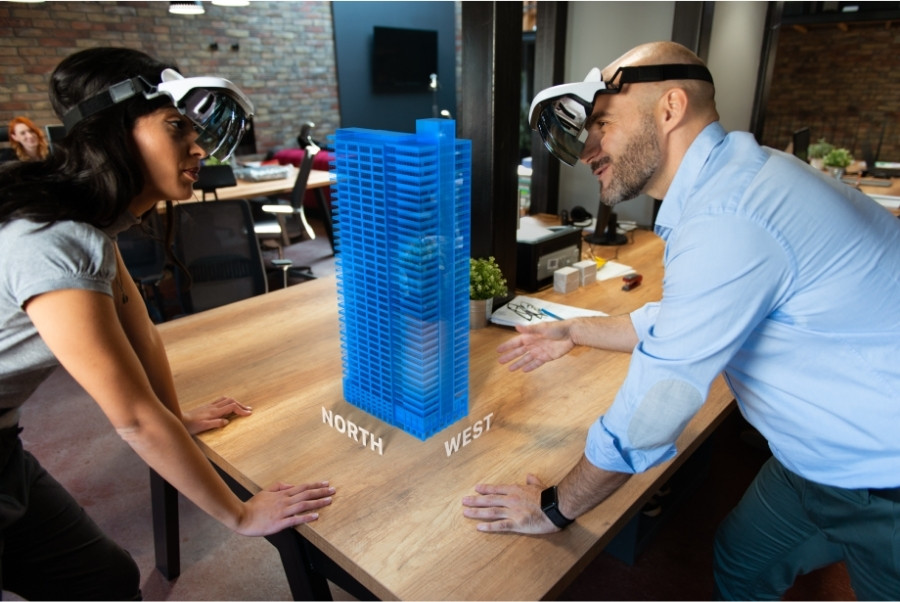
When we talk about the metaverse, virtual reality (VR), digital ownership, avatars, and NFTs come to mind. Interestingly, none of these items are essential to the metaverse. To put it simply, influential venture capitalist Matthew Ball describes the metaverse as “a successor to the mobile internet.” The metaverse is hailed as “extended reality”, or XR, and combines augmented reality (AR), VR, and mixed reality (MR) to create a more immersive experience in a virtual world.
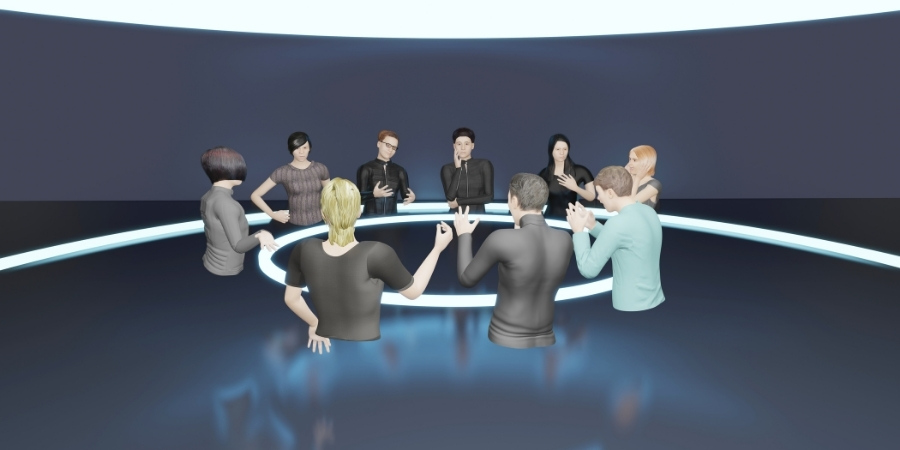
The idea of the metaverse has been floating around for some time. The term itself was coined by Neal Stephenson in his 1992 novel Snow Crash, which describes a 21st-century dystopian virtual world. In real life, the world experienced its first VR boom in the 90s when UK grocery chain Sainsbury’s put together a VR shopping demo that looks strikingly similar to the one Walmart released a few years ago.
If the metaverse has been around for a while, why are we only hearing about it now? This buzzword has just started to gain traction in recent years due to the maturation of technologies such as blockchain and the recent pandemic, which with its developing implications about virtual work and presence has prompted people to reimagine the possibilities of virtual reality.
What can you do in the metaverse?
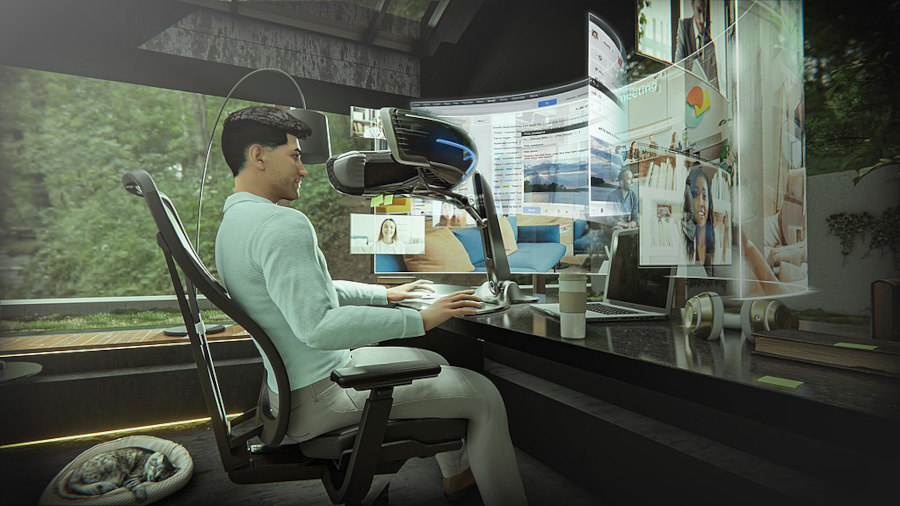
The metaverse allows people all over the world to connect from the comfort of their homes. Some online spaces will have 3D experiences that require fancy VR headsets while others can play out on a computer screen. Users will be able to escape into virtual reality and enter the internet in the form of their avatars. You will have the freedom to design and dress up your avatar. Besides that, you will own digital assets such as NFTs (non-fungible tokens) and plots of virtual land, where you can build anything you want. Socializing will look slightly different in the future. Entertain your friends in your virtual home, hit up virtual clubs on a night out, or virtually attend celebrity concerts and events; the possibilities are endless.
This whole concept may sound absurd, however, companies are already heavily investing in virtual real estate on Decentraland and Sandbox. Canadian company Tokens.com spent almost $2.5million on virtual property in Decentraland in 2021. The pandemic has redefined the meaning of work, and companies could potentially shift to virtual offices to boost productivity by allowing employees the flexibility of shaping their schedules.
What are examples of the metaverse?
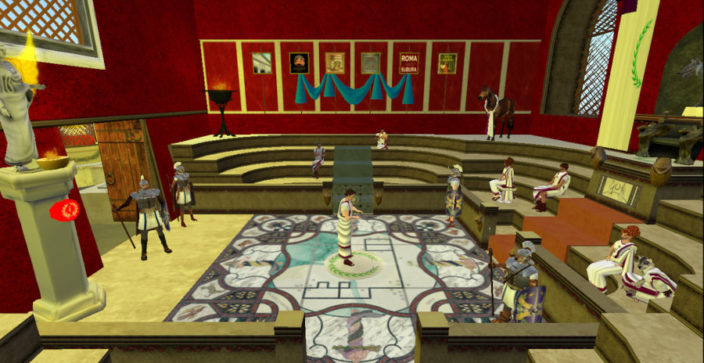
From digital neighbourhoods and parks to clubs, the metaverse will look something like a virtual world that replicates our real lives. However, it already exists. A metaverse example is Second Life, a social and gaming platform that has been around for nearly two decades and is hailed as the original metaverse.
Besides that, Roblox, Minecraft, and Fortnite are some already existing examples of the metaverse where players gather in 2D environments to interact and carry out real-life activities. Virtual events and concerts are already held by big brands. Another example of the metaverse is Fortnite’s collaborations with rapper Travis Scott and pop star sensation Ariana Grande to host virtual concerts.
What concerns do people have about the metaverse?
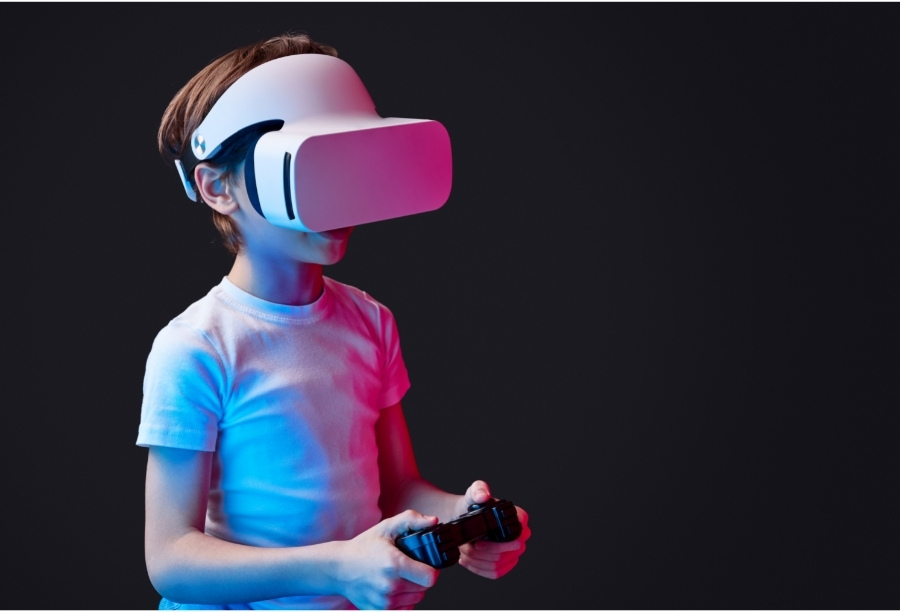
With all its positives, we shouldn’t ignore the downsides to the metaverse. We need to tackle the following obstacles in order to create a safe space for everyone while the metaverse is still developing.
- Privacy: The metaverse could collect a lot of personal data from users.
- Protection for children: In a viral moment from the latest season of Keeping Up With The Kardashians, Kim Kardashian’s son happened upon an ad in Roblox that claimed to feature the reality star in a previously unknown sex tape. Critics ask, how can we monitor content in the metaverse and make sure it is child-friendly?
- Health concerns: We can’t stay in the virtual world for long. People have reported a rise in nausea, VR hangovers, post-VR sadness, and cyber addictions after spending a long time in the virtual world.
- Legal issues: There is a grey area for crimes committed on the internet and metaverse, as the jurisdiction in which the crime is committed is unclear. Furthermore, the definitions of what virtual acts are considered crimes are uncertain.
What will the metaverse look like in the future?
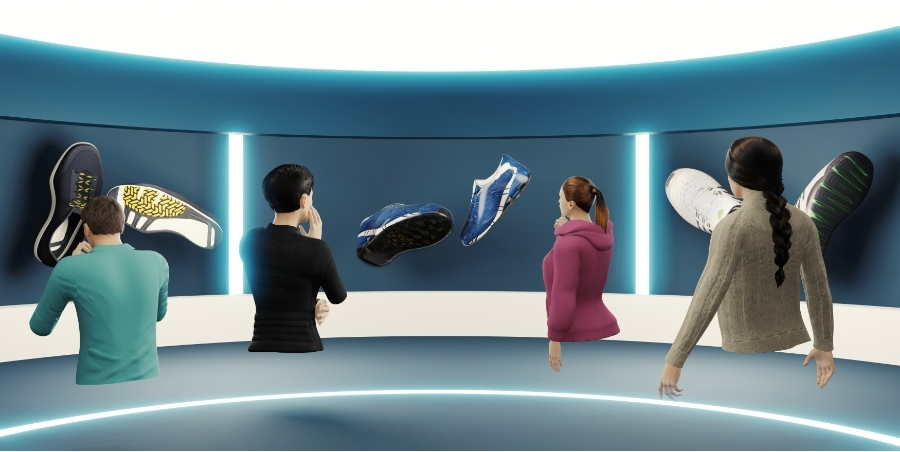
We have bits of VR and AR on their own, but we have yet to pull all the existing elements and ideas of the metaverse together. Essentially, the goal is to be able to navigate your avatar and digital assets across different platforms.
As of now, the metaverse is still young, and there is a huge potential for this space to completely change our lives. No one has perfected it or conceptualized it in its entirety, but we are getting there. However, tech hype cycles come and go, and there is always a possibility that the metaverse could fade away to nothing. But one thing is for sure: the pandemic has urged us to look into and redefine the meaning of “virtual”.
FAQ about the metaverse
Does the metaverse already exist?
In short, yes. The term is so broad that people say that the metaverse already exists in the digital worlds of Roblox, Minecraft, and Fortnite which allows players to interact like we do in the 3D world within a 2D environment.
How much time will we spend in the metaverse?
Research company Gartner predicts that 25% of people will spend at least one hour a day in the metaverse by 2026.
When was the metaverse created?
The term “metaverse” was first used in Neil Stevenson’s 1982 dystopian sci-fi novel, Snow Crash where people escaped to a virtual world in which virtual real estate could be bought and sold and goggle-wearing users moved around in avatar form.
What does Mark Zuckerberg have to do with the metaverse?
Mark Zuckerberg is a strong advocate for the potential of the metaverse. He is focusing on creating a more realistic metaverse experience, from doubling hand movements to being able to make eye contact in the virtual world. Besides that, his company, Meta, is trying to solve motion sickness caused by VR.
Header image credits: aukidphumsirichat via Canva


